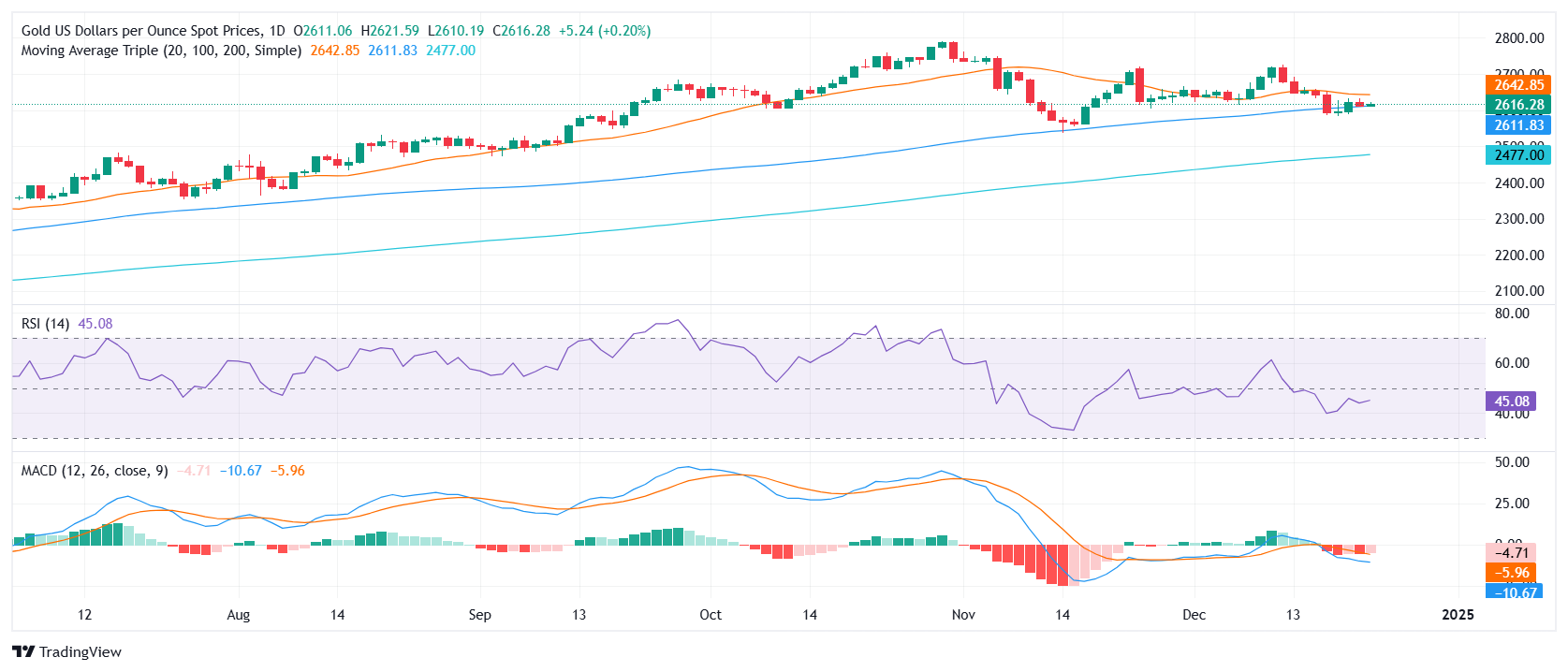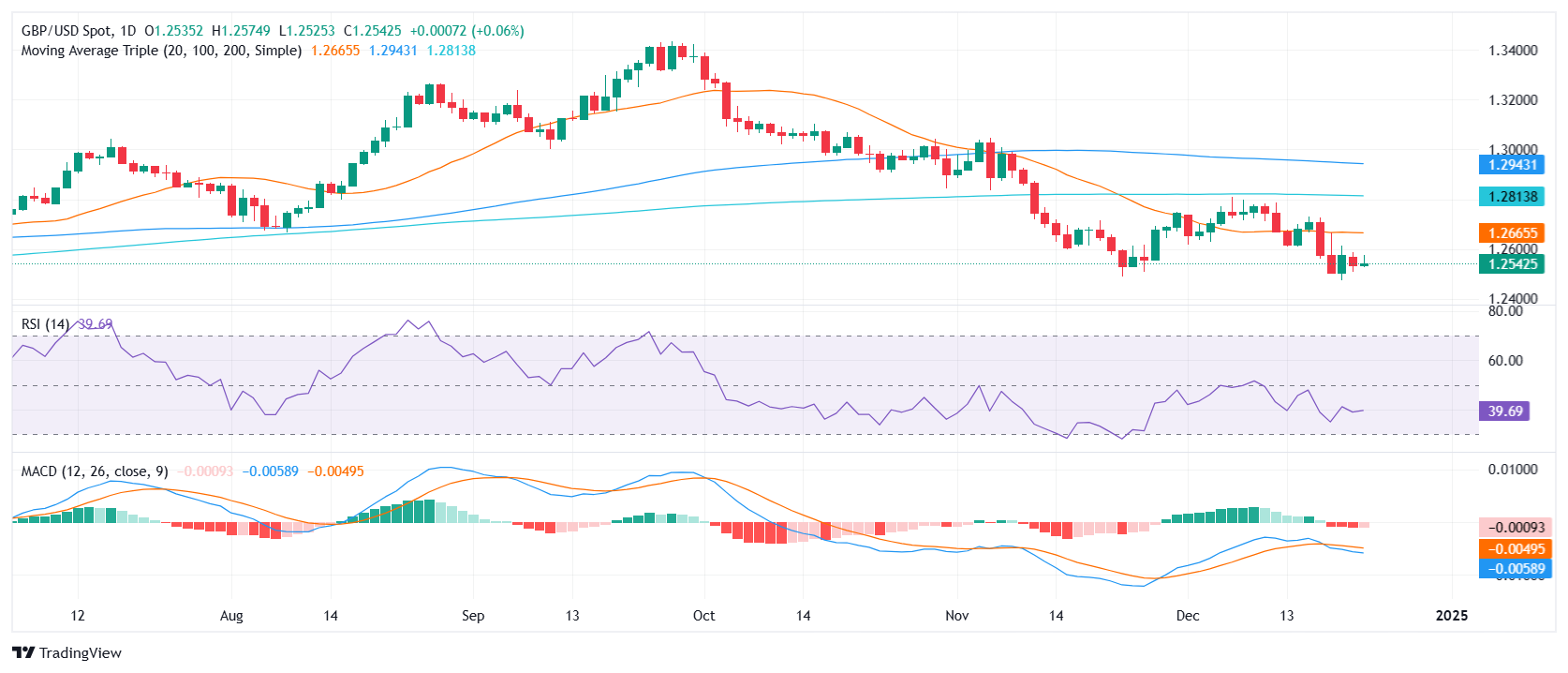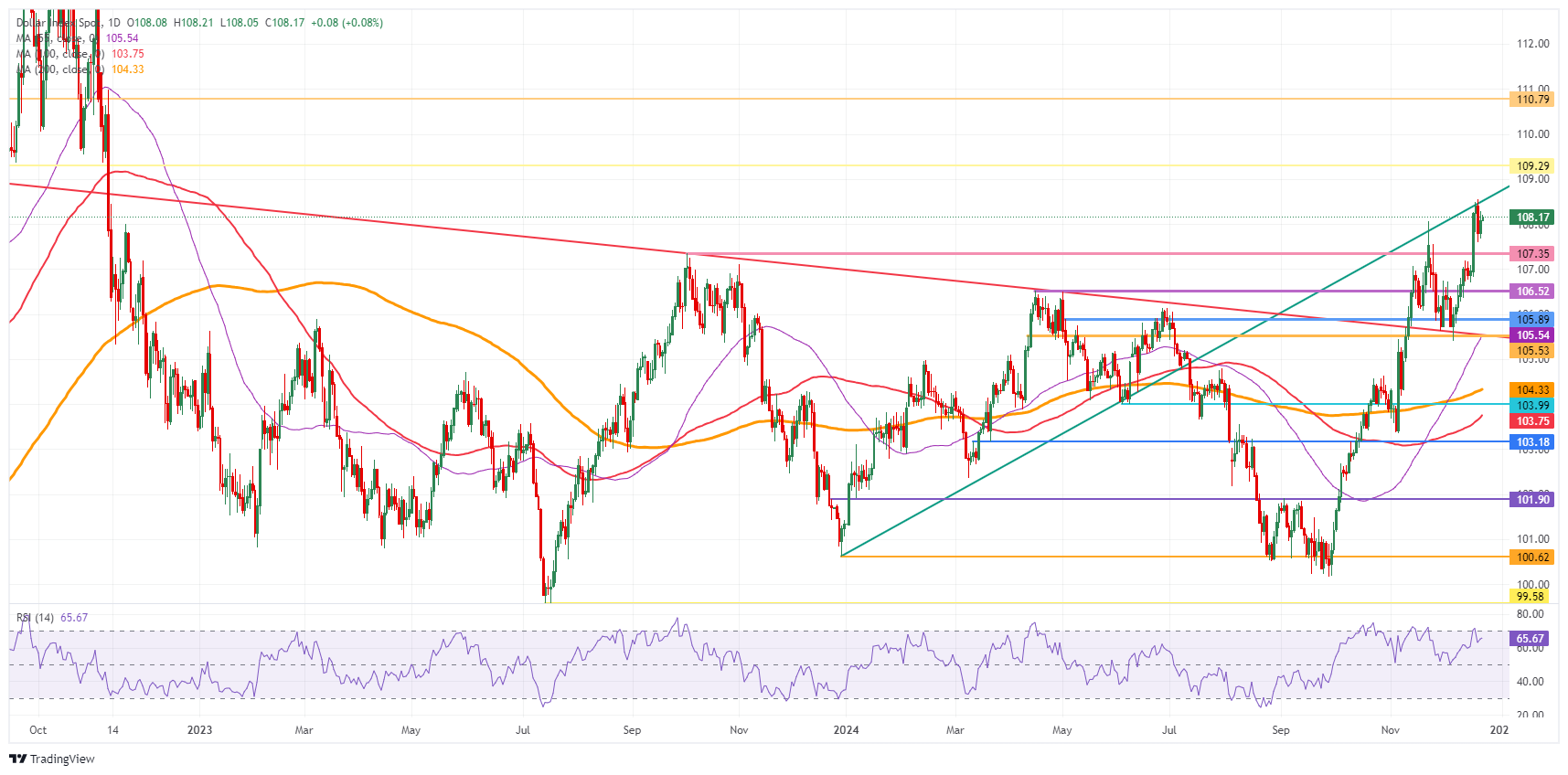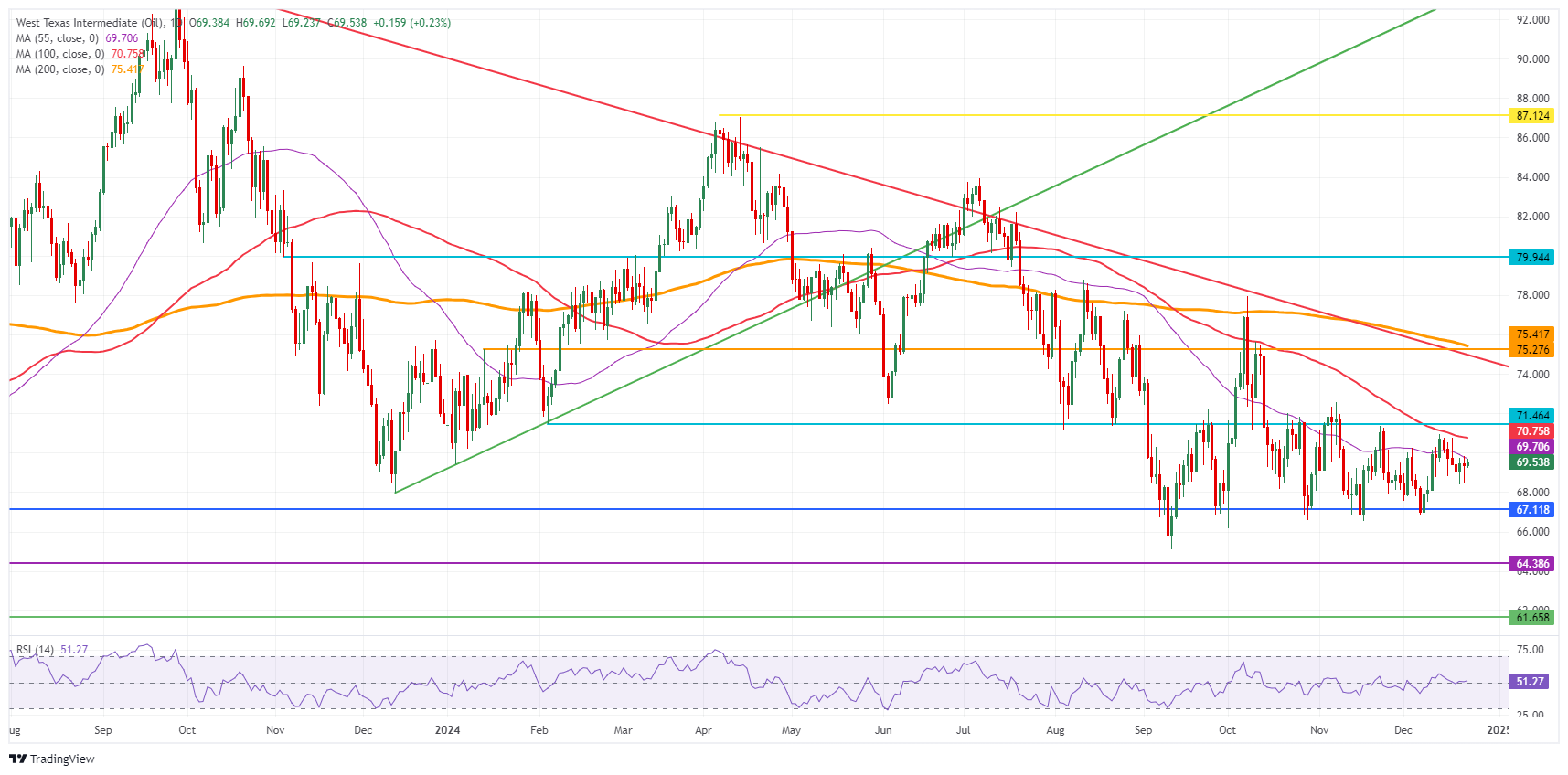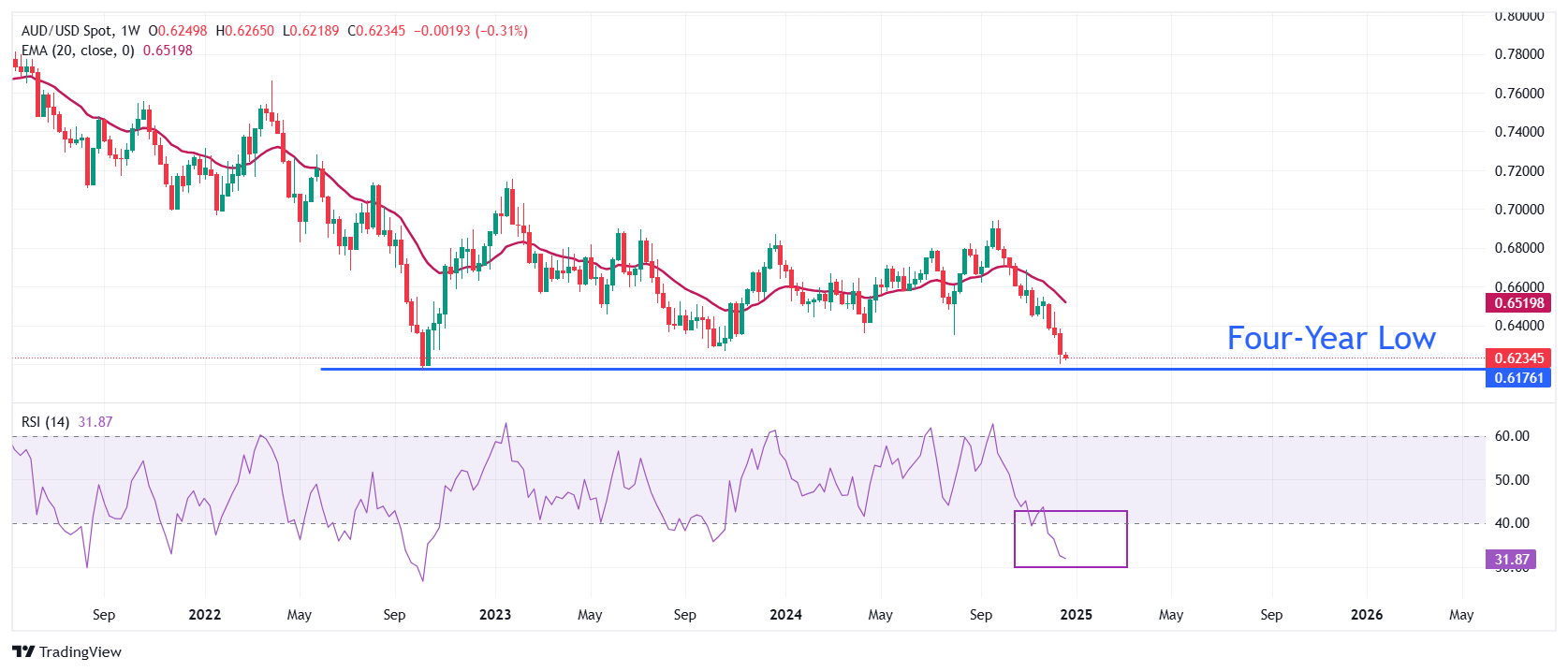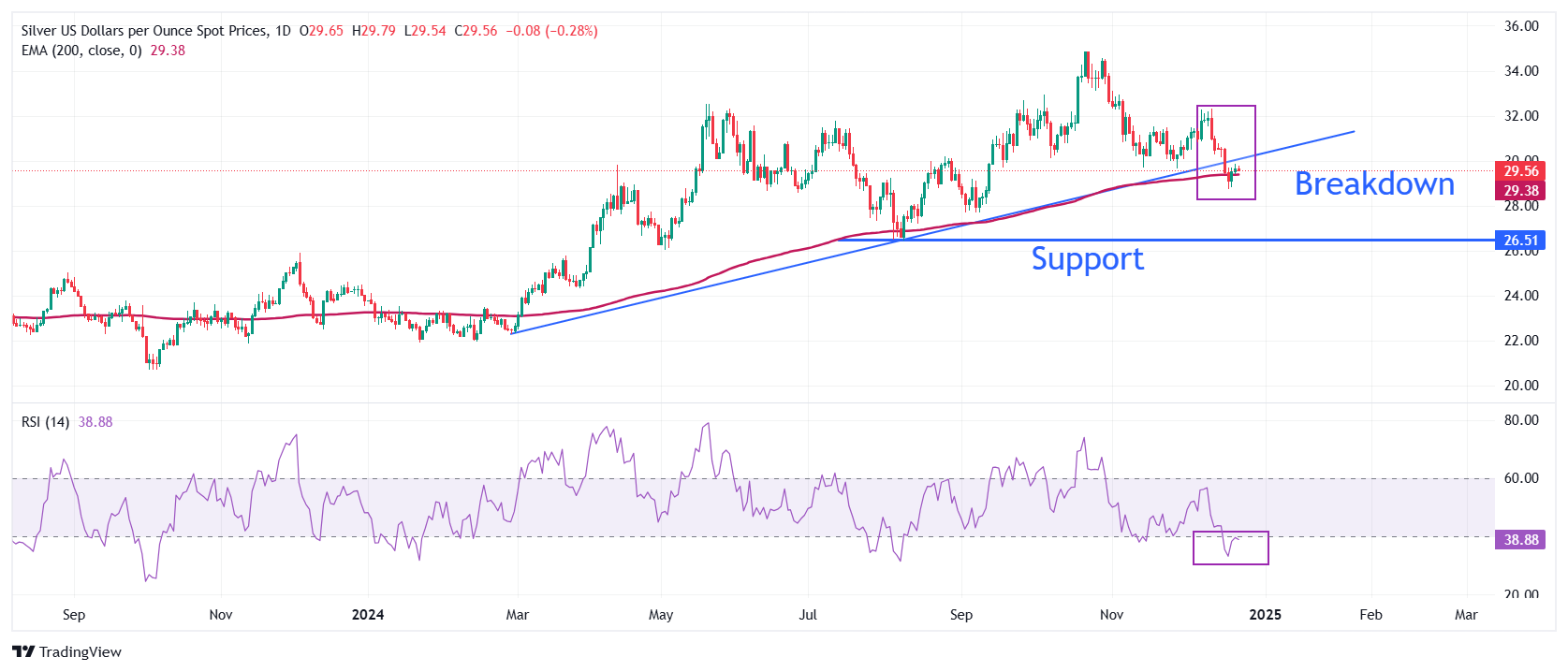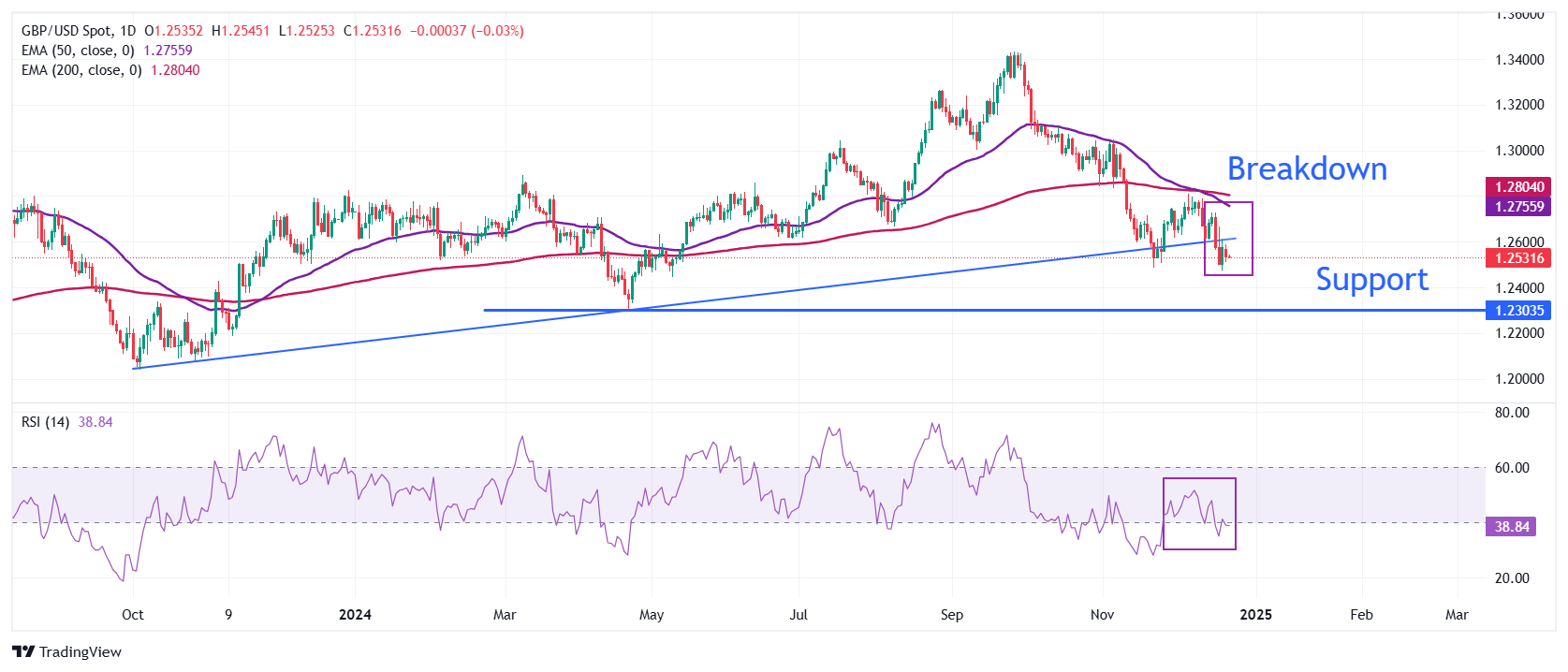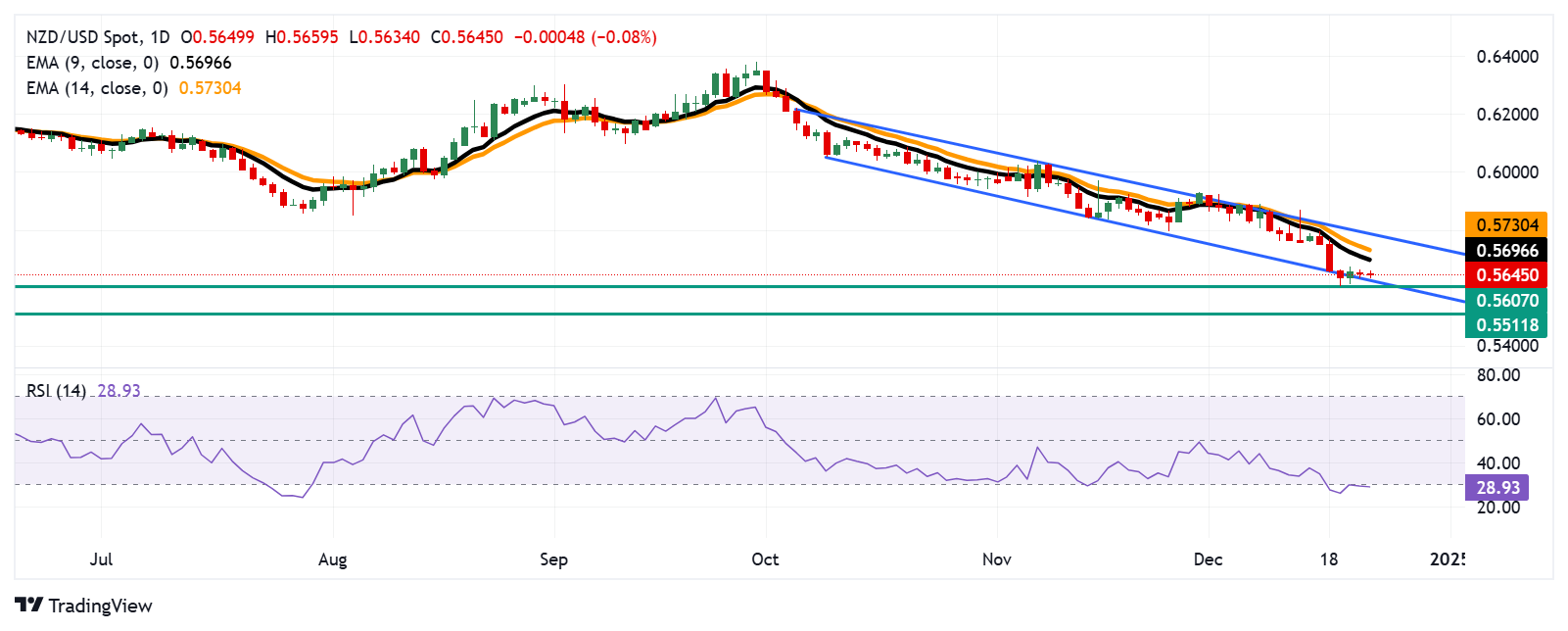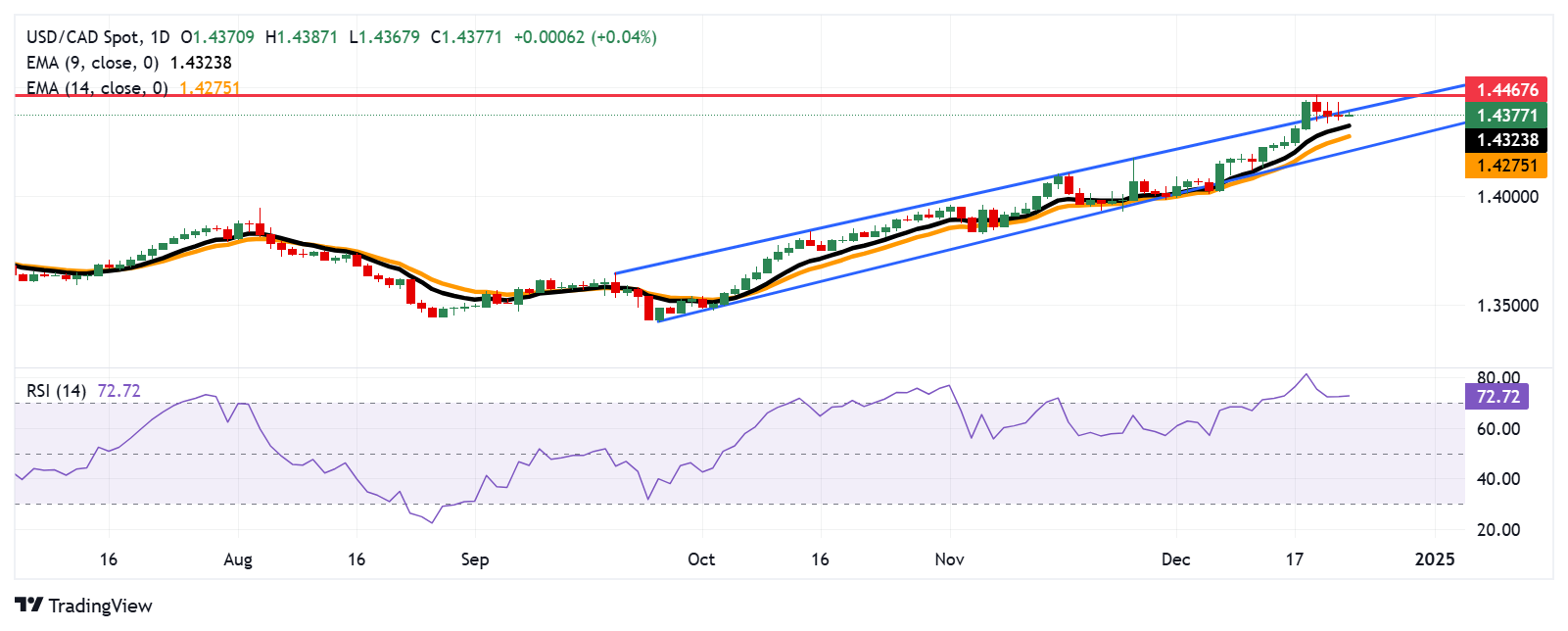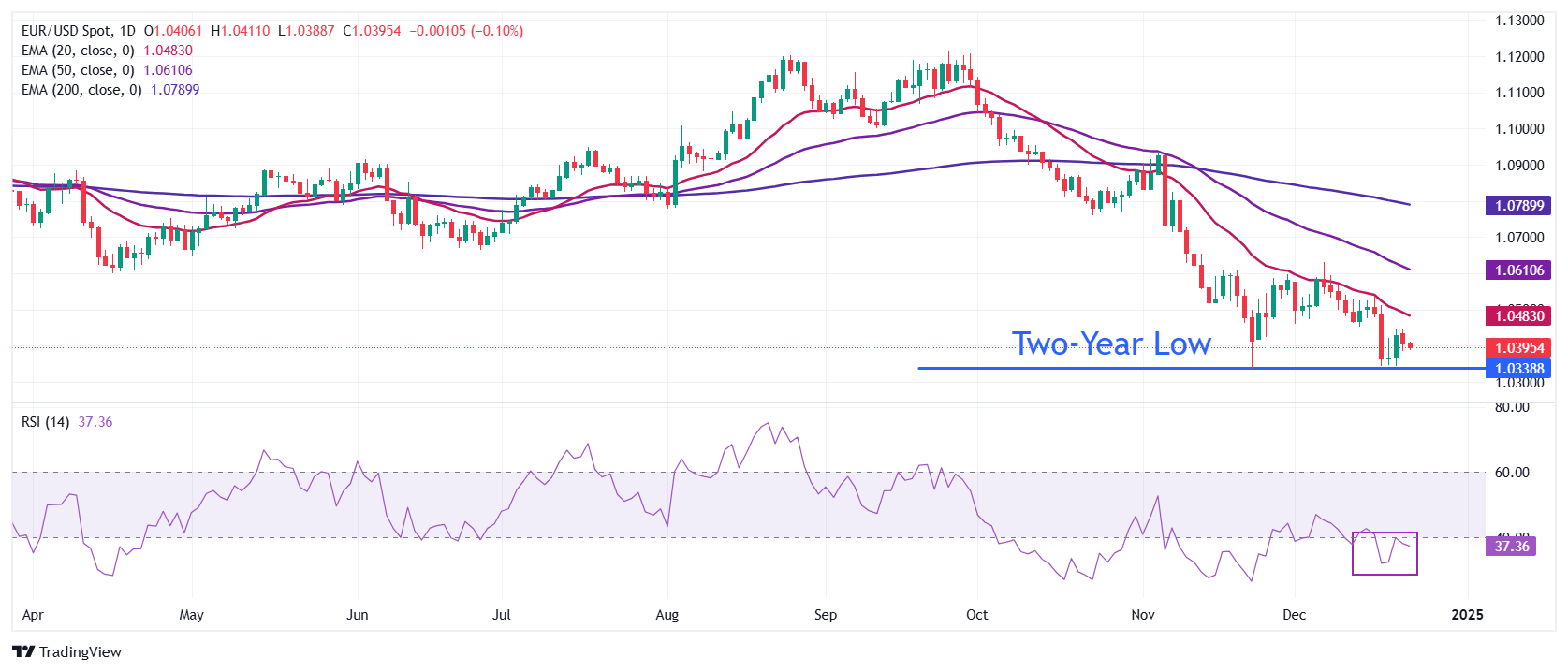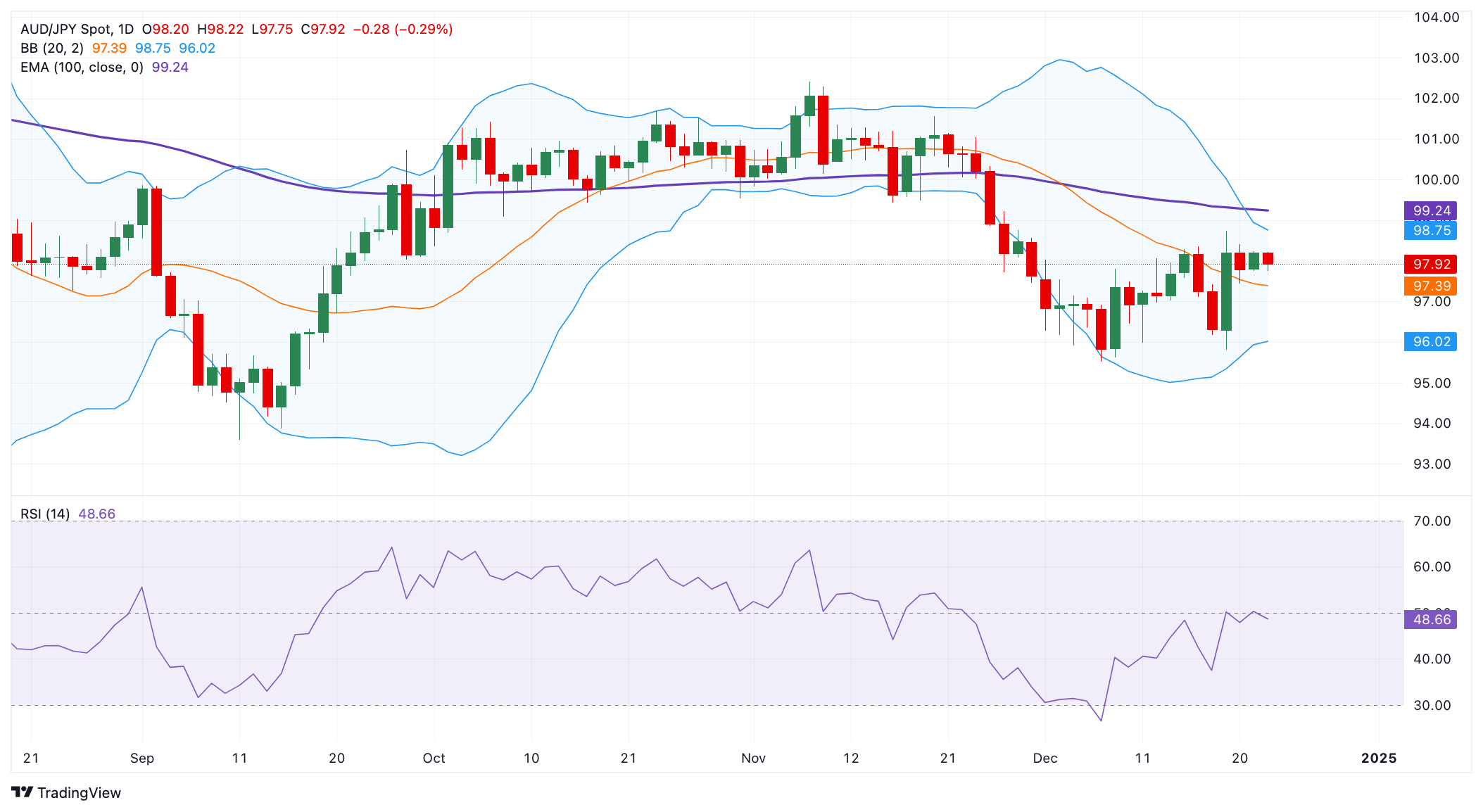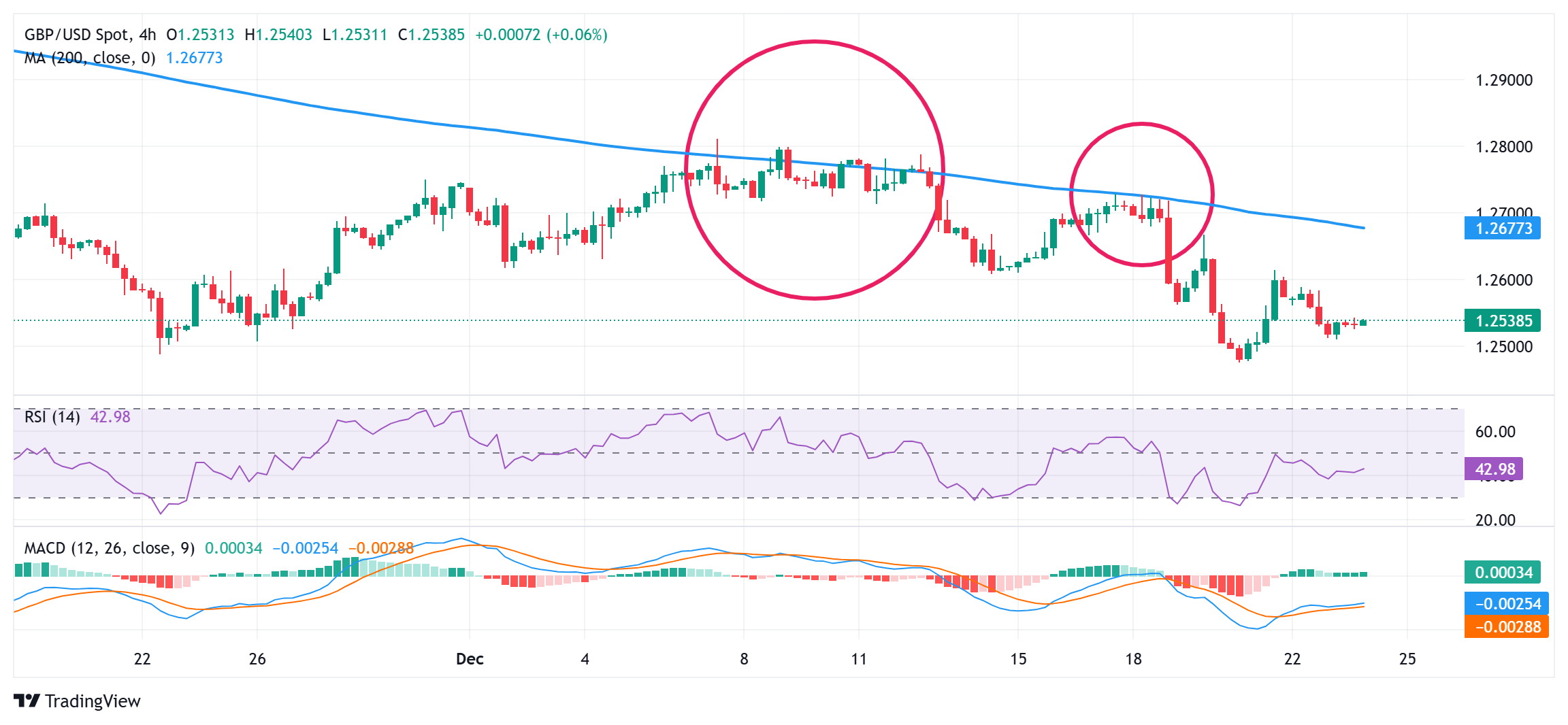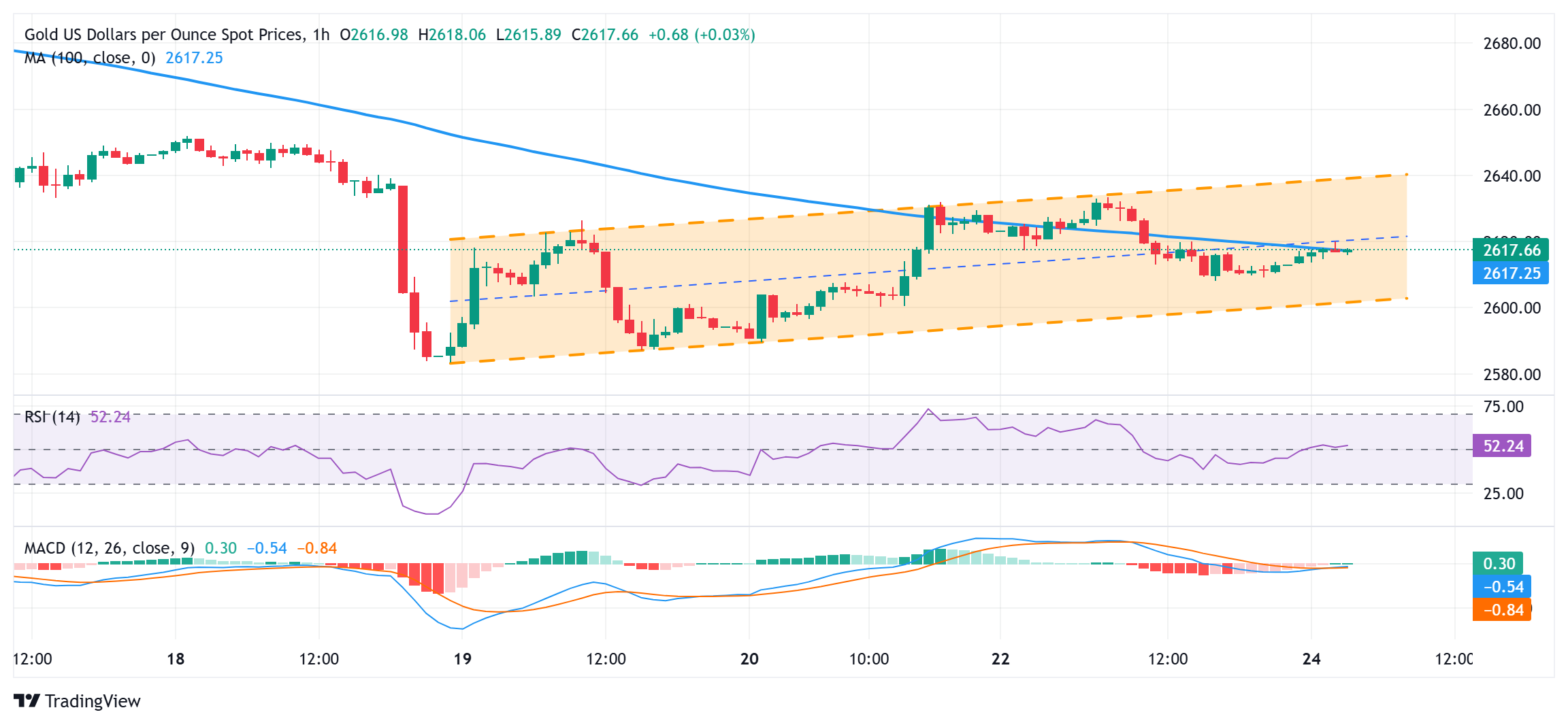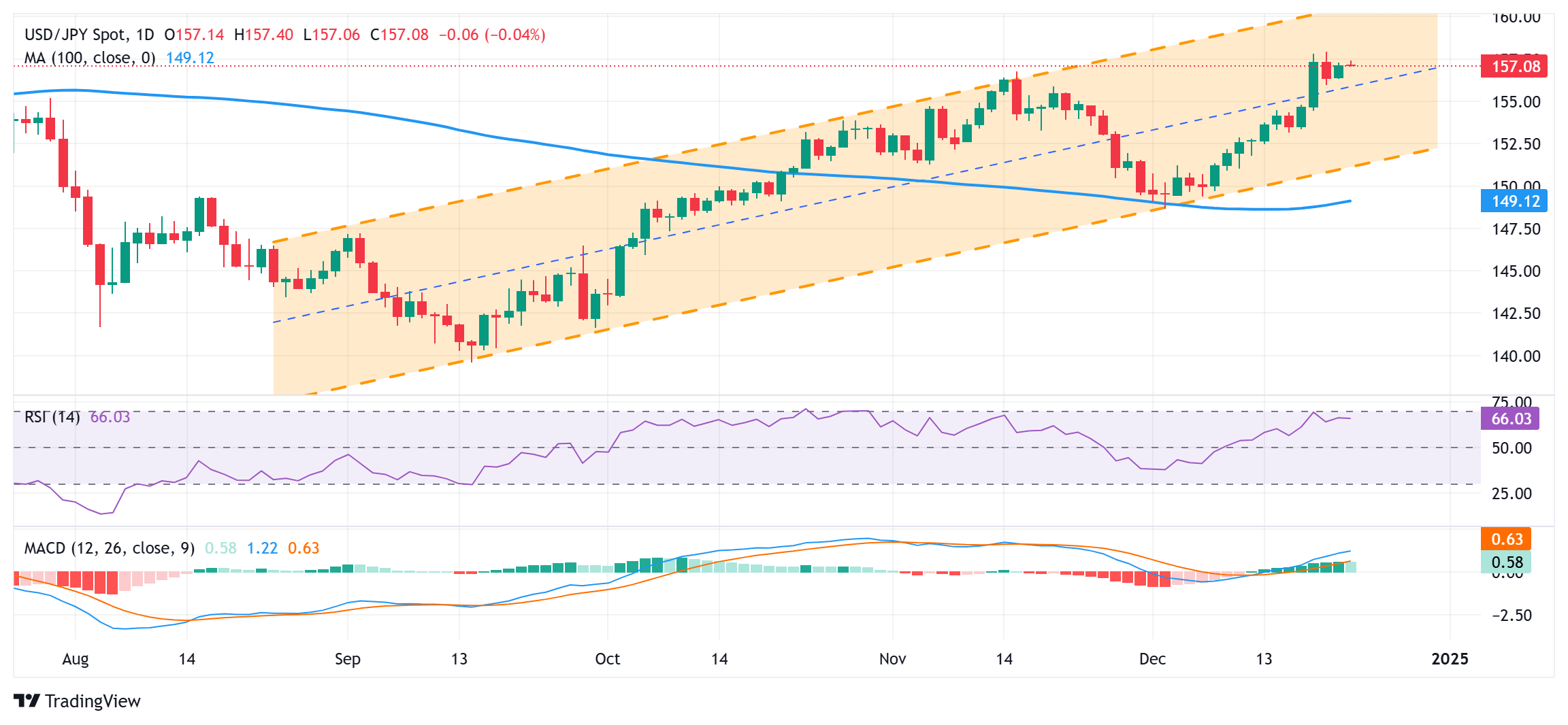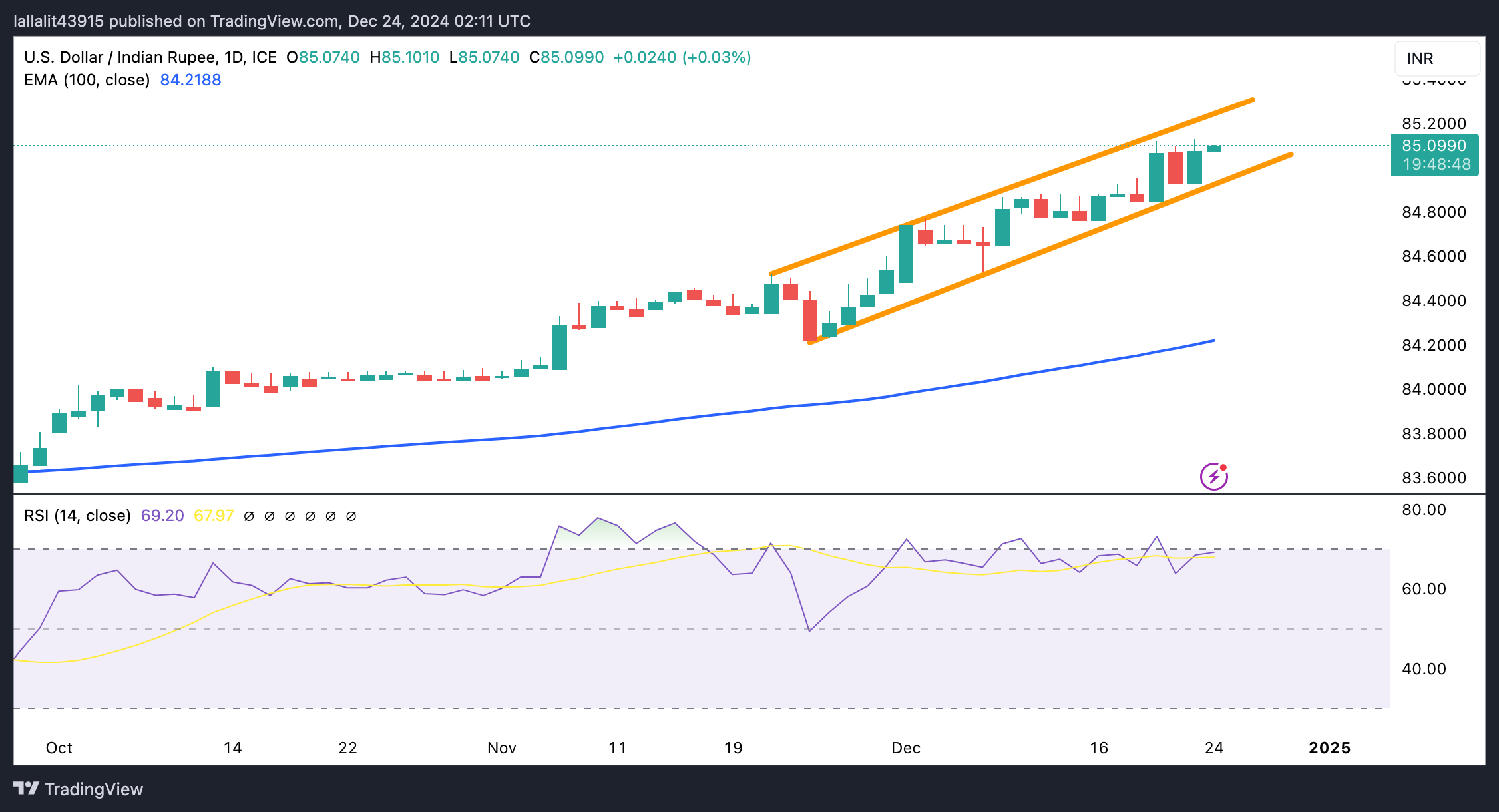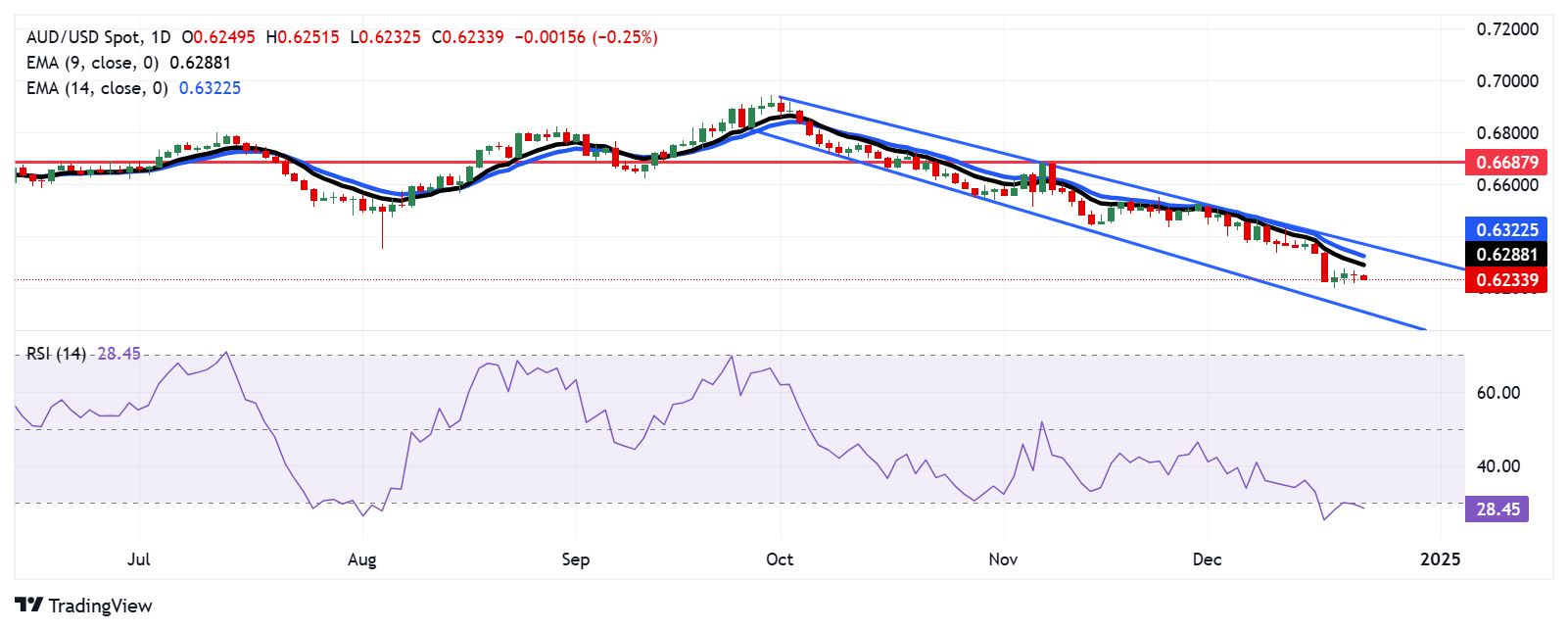- Analytics
- News and Tools
- Market News
CFD Markets News and Forecasts — 24-12-2024
- Gold remains steady near $2,610 as the US Dollar continues to strengthen.
- Fed signals fewer rate cuts next year, reducing upward pressure on Gold.
- XAU/USD faces downward pressure as it tests 100-day SMA support.
The Gold price remains relatively steady around the $2,611 mark, as market participants adjust to a more cautious outlook on US interest rates. The broader backdrop shows the US Dollar retaining its strength, supported by expectations that the Federal Reserve will adopt a slower pace of rate cuts in the coming year. Fed officials have indicated that fewer rate cuts are likely than previously anticipated, with expectations for the federal funds rate to reach 3.9% by the end of 2025. This shift comes amid a slower disinflation process and the uncertainty surrounding President-elect Donald Trump’s policies on immigration, trade, and taxes.
The fresh Summary of Economic Protections (SEP) triggered a rise in US Treasury yields which tend to be seen as the opportunity cost of holding hold which is another explanation of the metal’s latest decline.
As the market watches these developments, Initial Jobless Claims data, due for release this Thursday, could introduce some volatility for the US Dollar. In addition, Nonfarm Payrolls figures for December, expected in the first week of January, will be closely scrutinized, with the labor market playing a key role in shaping Fed decisions. Despite these events, Gold remains under pressure, unable to break out of the current range.
XAU/USD Technical Outlook
From a technical perspective, XAU/USD is facing significant headwinds. The price remains in negative territory, with indicators showing weak momentum. Currently, the pair is testing the 100-day Simple Moving Average (SMA) support at $2,610, which has been a critical level for Gold in recent months. A sustained break below this level could signal further downside potential, while any bounce could face resistance near the $2,650-$2,670 range. Traders will be closely watching this support level for any signs of a reversal or continuation of the bearish trend.
© 2000-2025. All rights reserved.
This site is managed by Teletrade D.J. LLC 2351 LLC 2022 (Euro House, Richmond Hill Road, Kingstown, VC0100, St. Vincent and the Grenadines).
The information on this website is for informational purposes only and does not constitute any investment advice.
The company does not serve or provide services to customers who are residents of the US, Canada, Iran, The Democratic People's Republic of Korea, Yemen and FATF blacklisted countries.
Making transactions on financial markets with marginal financial instruments opens up wide possibilities and allows investors who are willing to take risks to earn high profits, carrying a potentially high risk of losses at the same time. Therefore you should responsibly approach the issue of choosing the appropriate investment strategy, taking the available resources into account, before starting trading.
Use of the information: full or partial use of materials from this website must always be referenced to TeleTrade as the source of information. Use of the materials on the Internet must be accompanied by a hyperlink to teletrade.org. Automatic import of materials and information from this website is prohibited.
Please contact our PR department if you have any questions or need assistance at pr@teletrade.global.
